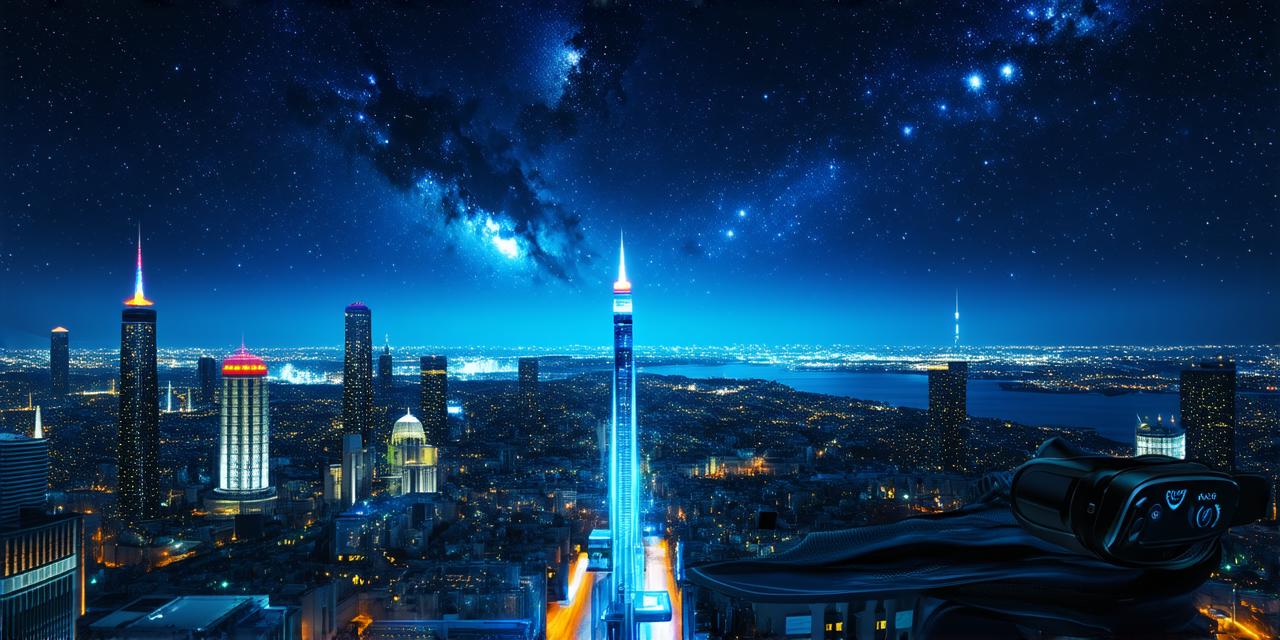Virtual reality (VR) technology has been around for a while now, but it’s only in recent years that it’s starting to gain traction as a mainstream form of entertainment and interaction.
As VR continues to evolve and improve, many experts predict that it will soon become a ubiquitous part of our daily lives.
One of the key factors driving the growth of VR is its ability to offer immersive, interactive experiences that were previously impossible or extremely difficult to achieve in real life. For example, gamers can now step into their favorite games and interact with virtual characters in ways that were once only possible through imagination.
Moviegoers can experience films from a whole new perspective, thanks to VR’s ability to transport viewers directly into the action.
And healthcare professionals can use VR simulations to train for surgical procedures or treat phobias in a safe, controlled environment.
Another factor driving the growth of VR is its potential to revolutionize industries such as education, tourism, and real estate. For example, students could use VR to take virtual field trips to far-off locations, while tourists could explore new cities or historical sites in 3D.
And real estate agents could give potential buyers a virtual tour of properties they’re interested in, allowing them to see the space as if they were really there.
Despite these exciting possibilities, some experts predict that it will be several years before VR becomes truly mainstream. One reason for this is that VR technology is still relatively expensive and bulky, which limits its accessibility to the general public.
However, as prices continue to drop and hardware becomes more compact, many experts believe that VR will become more widely available and affordable in the coming years.
Another factor that could slow the growth of VR is the lack of compelling content. While there are some great games and experiences available for VR right now, there isn’t yet a critical mass of high-quality content that would make it a must-have for everyday use.
However, as more developers enter the market and create new and innovative experiences, this could change in the coming years.
Finally, there are some concerns about the potential health effects of VR. For example, prolonged exposure to VR can cause motion sickness and eye strain, and some experts worry that it could have negative effects on cognitive development in children. While these issues are certainly valid concerns, they are likely to be addressed as VR technology continues to evolve and improve.
Despite these challenges, many experts believe that the future of VR is bright. As the technology continues to advance and become more affordable, it will likely become an increasingly popular form of entertainment and interaction in the coming years. And with so much potential for innovation and growth, it’s exciting to imagine what the future of VR might look like.
FAQ:
Q: What is virtual reality (VR)?
A: Virtual reality is a technology that creates immersive, interactive experiences that simulate real-world environments or situations. It typically involves wearing a headset or other device that tracks movement and provides a 360-degree view of the virtual environment.
Q: How does VR work?
A: VR works by presenting a series of images to the user’s eyes, which are then processed by the brain as if they were real-world scenes. The headset or other device tracks movement and adjusts the images accordingly, creating an immersive experience that feels like being in a real-world environment.
Q: What are some common applications of VR?
A: Some common applications of VR include gaming, entertainment, healthcare, education, tourism, and real estate.
Q: How will VR impact our daily lives?
A: It’s difficult to say exactly how VR will impact our daily lives in the future, but it has the potential to revolutionize many industries and change the way we interact with technology. For example, it could make remote work and collaboration more efficient, or allow us to experience things that were previously impossible or extremely difficult to achieve in real life.
